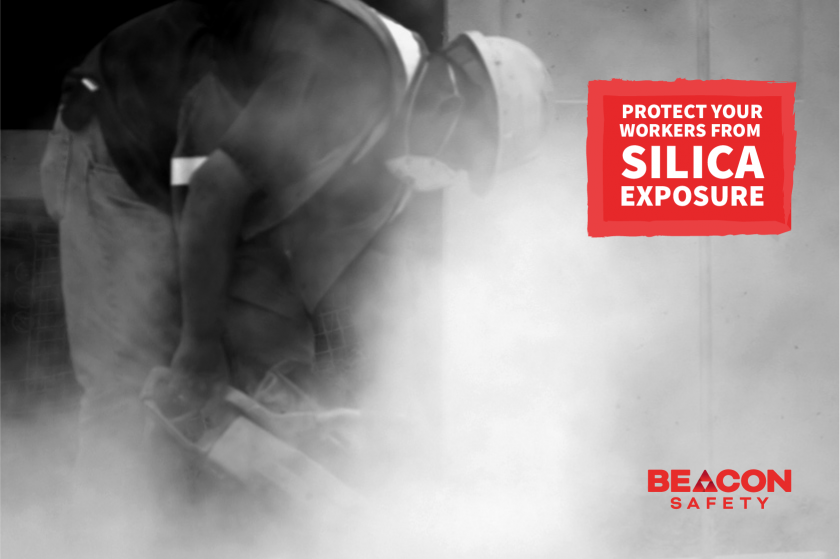No products in the cart.
Silica Dust Protection: A Comprehensive Guide for the Construction Industry
Silica dust, a pervasive and often under-acknowledged hazard in the construction industry, presents serious health risks to workers. With the rise of construction projects in New Zealand, the potential for silica exposure escalates, calling for stringent protective measures. Our comprehensive guide lays the foundation for a robust silica dust protection protocol, essential for safeguarding the well-being of construction professionals.
Understanding Silica Dust and Its Risks: Silica, a natural mineral, is abundant in construction materials like concrete, stone, and sand. When these materials are cut, drilled, or disturbed, they release fine particles of respirable crystalline silica into the air — small enough to inhale deeply into the lungs. Prolonged exposure can lead to chronic respiratory conditions, silicosis, and even lung cancer.
Critical Strategies for Silica Dust Protection: Implementing Engineering Controls: The first line of defence is minimizing dust generation. Techniques such as wet-cutting methods and on-tool extraction can dramatically reduce airborne particles.
Personal Protective Equipment (PPE): When engineering controls cannot eliminate risks, appropriate PPE, like respirators, becomes crucial. We delve into selecting, wearing, and maintaining PPE for maximum effectiveness.
Regular Health Surveillance: Monitoring workers’ health can catch early signs of silica-related diseases, allowing for timely intervention and prevention of more severe conditions.
The Role of Face Fit Testing: The efficacy of a respirator is only as good as its fit. Our guide introduces the Commit2Fit method, a system that ensures respirators form a tight seal against the worker’s face, which is not only a best practice but a legal requirement in many jurisdictions.
Innovative Tools for Dust Management: We spotlight cutting-edge tools like the Beacon Kerstar KV10 vacuum and SafeChange vacuum systems, specifically designed to contain and eliminate silica dust at the source.
The Importance of Training and Education: Understanding hazards is crucial to prevention. Comprehensive training programs empower workers to protect themselves and their co-workers proactively.
Navigating the Legal Landscape: We provide insights into New Zealand’s regulatory framework surrounding silica dust protection, aiding businesses in maintaining compliance and ensuring worker safety.
Conclusion: Protecting workers from silica dust is an ongoing commitment to health and safety. By integrating the strategies and practices outlined in our guide, construction businesses can create a safer environment that complies with legal standards and fosters a culture of well-being.
Call to Action: Stay ahead in protecting your workforce against silica exposure. Visit Beacon Safety Limited to download the complete guide and learn more about our specialized services and products designed for silica dust protection.
